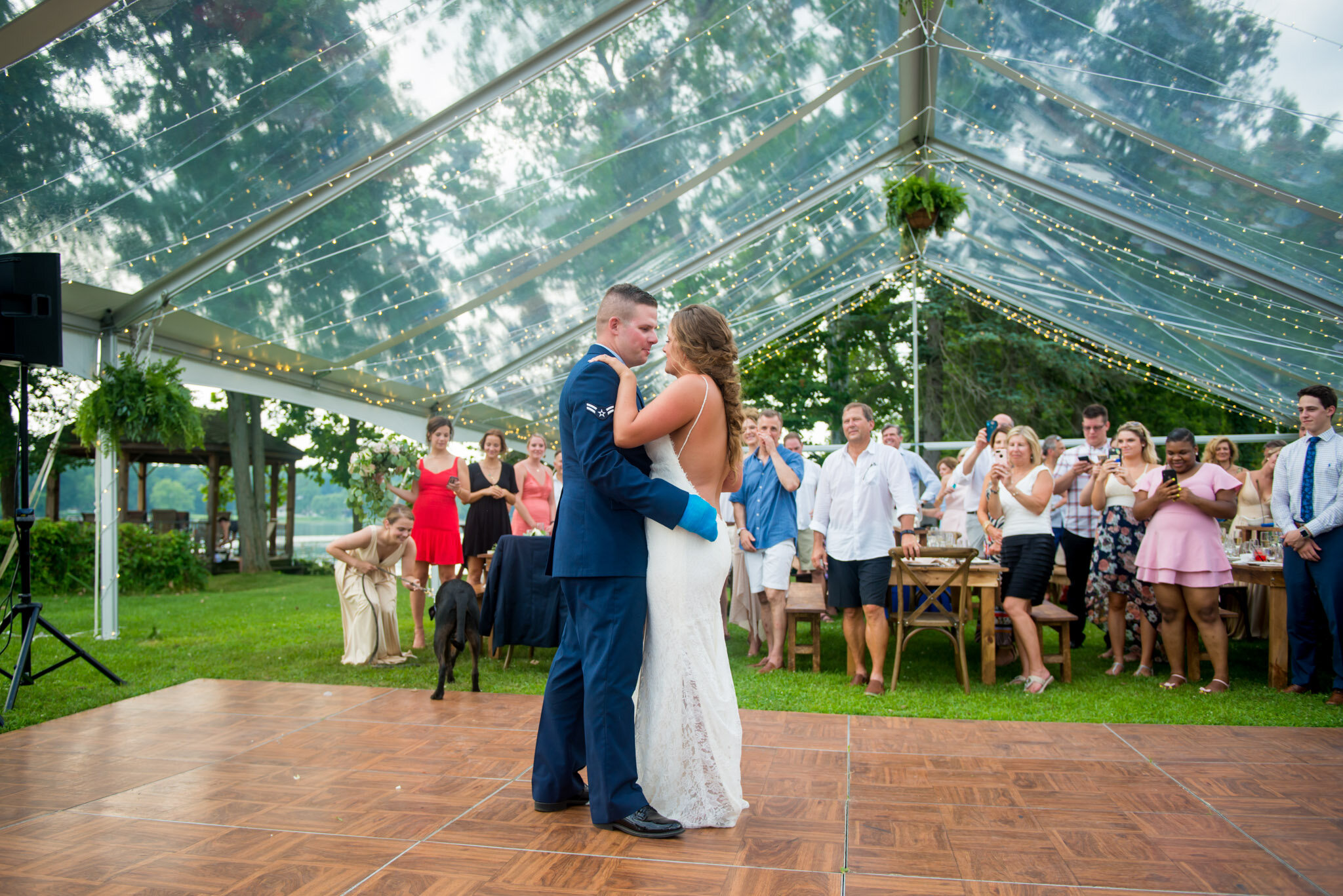A Life-changing Strength for Lighting on Enhancing Dancing Area Aesthetics
A Life-changing Strength for Lighting on Enhancing Dancing Area Aesthetics
Blog Article
Illumination plays a crucial role in shaping the ambiance of a dance floor. It can change a plain space into an thrilling setting that improves the total experience for performers and spectators alike. The right lighting can influence the feeling, energy, and even the form of the performance being performed. By using multiple types of lighting, such as spotlights, colored illumination, and strobe effects, event organizers can create a lively environment that engages the audience and promotes involvement.
One of the key functions of lighting on a dancing area is to showcase the dancers. Focused lights can be used to focus attention on solo dancers or groups, making them the center of attraction. This technique not only showcases their movements but also adds a layer of drama to the performance. When dancers are illuminated effectively, their expressions and techniques become more visible, allowing the audience to appreciate their skills. This targeted lighting can also help to establish a story, leading the spectators through the show.
In furthermore to highlighting performers, colored lights can significantly impact the mood of the dance floor. Different colors evoke different emotions; for example, warm colors like red and orange can create a sense of excitement and energy, while cooler colors like blue and emerald can encourage tranquility and ease. By thoughtfully using colored illumination, organizers can manipulate the atmosphere to match the theme of the event or the style of the dance. This thoughtful approach to lighting design can improve the complete encounter for all involved.
Strobe lights and other dynamic lighting effects can also add excitement to a dancing area. These features can generate a sense of beat and movement that complements the music being played. When timed with the rhythm, flashing lights can make the dancing area feel vibrant, encouraging dancers to move in time with the pulsing lights. This connection between light and sound can boost the energy of the event, making it more enjoyable for both dancers and audience. The use of such effects requires thoughtful planning to ensure they enhance rather than distract from the show.
Ultimately, the overall design of the lighting setup is crucial for establishing a unified aesthetic on the dance floor. A well-thought-out lighting strategy takes into account navigate to this site the layout of the space, the kind of performance being performed, and the audience's encounter. By combining different lighting techniques, such as ambient lighting, accent lighting, and unique features, planners can create a visually impressive setting. This attention to detail not only improves the performance but also leaves a memorable impact on the spectators, making the event memorable. In summary, the powerful power of lighting is vital in improving dancing area aesthetics, creating an captivating and pleasurable experience for all.
